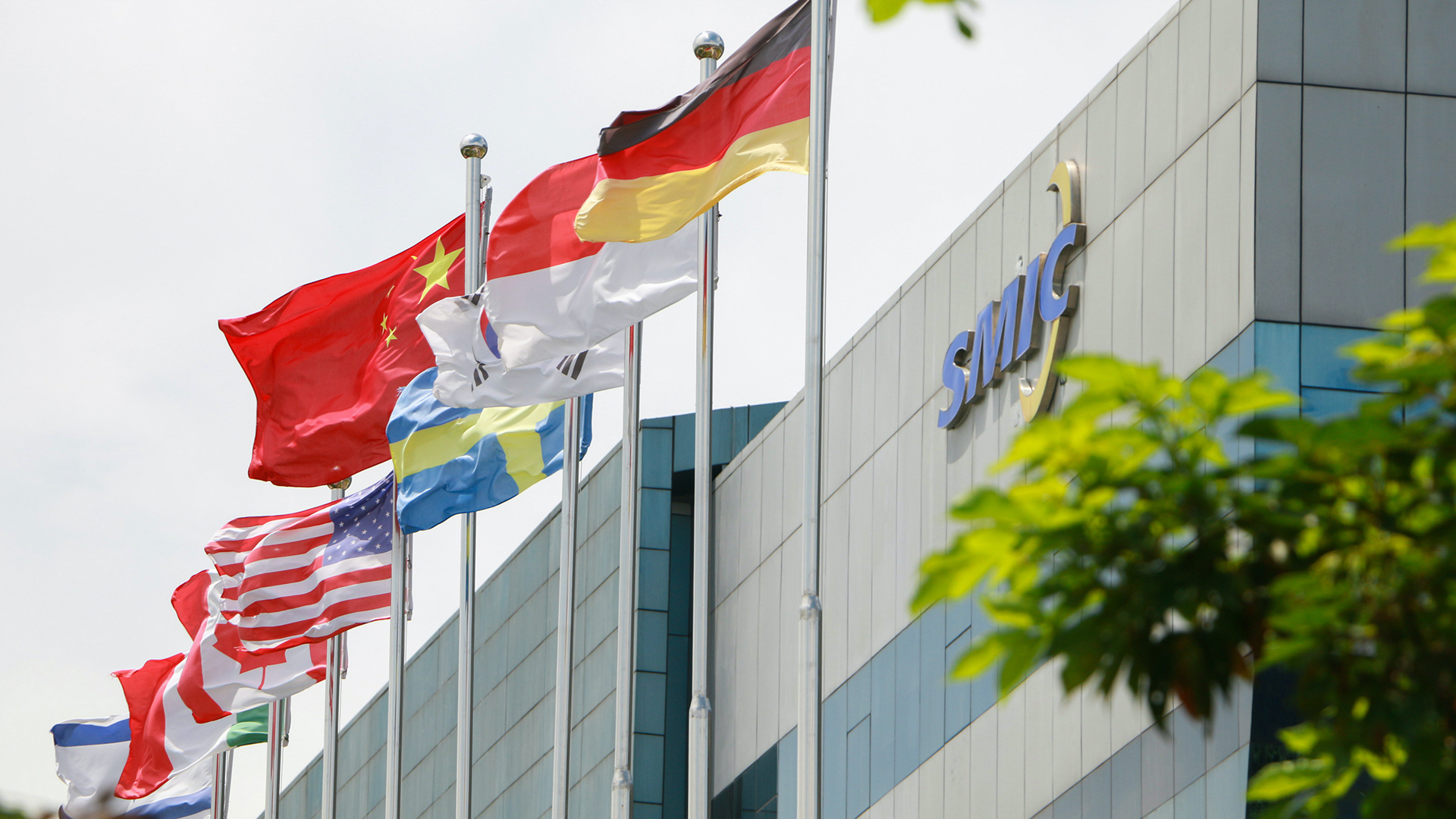
Chinese foundry SMIC may have broken the 5nm process barrier, as evidenced by a new Huawei laptop listed with an advanced chip with 5nm manufacturing tech — a feat previously thought impossible due to U.S sanctions.
This year, SMIC shocked the world after it began mass production of Huawei's HiSilicon Kirin 9000S processor using its second-gen 7nm process technology. But the company seems to have at least one more trick up its sleeve: a 5nm fabrication process that is either already in use for high-volume manufacturing (HVM) or is in the final stages of its development. In fact, Huawei now lists a chip made on a 5nm-class process node — an eight-core Arm-based HiSilicon Kirin 9000C processor with Arm Mali-G78 graphics for laptops — on its website.
A posting on Huawei's website claims the Qingyun L540 laptop is "equipped with the Kirin 9006C chip, utilizing a 5nm process technology, eight cores, with a maximum clock speed of up to 3.13 GHz, offering higher performance, lower power consumption, and faster processing speeds."
The Kirin 9006C's general-purpose cores are listed at up to 3.13 GHz, which is only slightly lower than the clocks that TSMC and Apple could wring out of the original TSMC N5 process technology (the maximum frequency for Apple's M1 high-performance cores is 3.20 GHz). Meanwhile, the Kirin 9006C's peak clock rate looks similar to another chip, the Kirin 9000, which was produced for Huawei by TSMC.
Indeed, when TSMC began to produce chips made on its N5 (5nm-class) fabrication technology in mass quantities in early Q2 2020, Huawei was not blacklisted by the U.S. Department of Commerce, and the foundry could still ship 5nm chips — which it did in huge volumes. Huawei formally introduced its TSMC N5-based Kirin 9000 SoC in late August 2020 and confirmed that the chip was made in Taiwan.
There are many similarities between the Kirin 9000 and the Kirin 9006C, which some might argue indicates Huawei is leveraging stock it obtained three years ago for its current PCs. While this could be true, keeping a massive quantity of premium processors (which were expensive to make on TSMC's then leading-edge node) for three years doesn't make a lot of sense, especially bearing in mind that the original Kirin 9000 featured a built-in 5G modem (something the Kirin 9006C presumably lacks) and could be used for a premium smartphone rather than for an inexpensive laptop. As such, it is possible that the company has turned to SMIC to create the processors.
It isn't entirely surprising that SMIC could have broken through the 5nm barrier, as persistent industry chatter has indicated the foundry is close to further exceeding the limits imposed by US sanctions. "SMIC is preparing a 5nm process through DUV, and photomask usage is expected to increase further," an expert in the semiconductor industry recently told The Elec.
While an anonymous commenter is not a particularly reliable source, this isn't the first time that SMIC's 5nm technology, which relies solely on deep ultraviolet (DUV) lithography, has been mentioned. SMIC briefly mentioned its post-7nm fabrication process in late 2020, and an industry expert further reemphasized SMIC's 5nm ambitions in September 2022. Both comments indicate that SMIC has been working on a DUV-only 5nm node for quite some time. The technology may be ready by now, but there isn't an independent confirmation yet.
SMIC does have chipmaking tools that could conceivably be used to create 5nm processors. The ASML Twinscan NXT:2000i features a ≤38nm resolution, which is good enough for 7nm-class mass production using double-patterning lithography techniques. However, a finer resolution is required for 5nm-class process technologies. Chipmakers can use triple or even quadruple patterning to produce it. This lithographic technique involves splitting a complex pattern into several simpler patterns, which are then printed sequentially to achieve higher precision and detail. Multi-patterning is a tricky process that affects yields and the number of chips per wafer that can be used, so typically, it has been limited due to its impact on chip costs.
We don't know for sure whether SMIC has initiated mass production of chips on its 5nm-class technology. Given the tensions between the U.S. and China in general and curbs against Huawei and SMIC in particular, it is unlikely that either company will fully disclose its actual technological capabilities. On the one hand, it is prestigious to produce 5nm-class chips despite the U.S. crackdown; on the other hand, neither Huawei nor SMIC want their partners and tool suppliers (or how they obtain equipment or actual chips) to be discovered by the U.S. and its allies.







